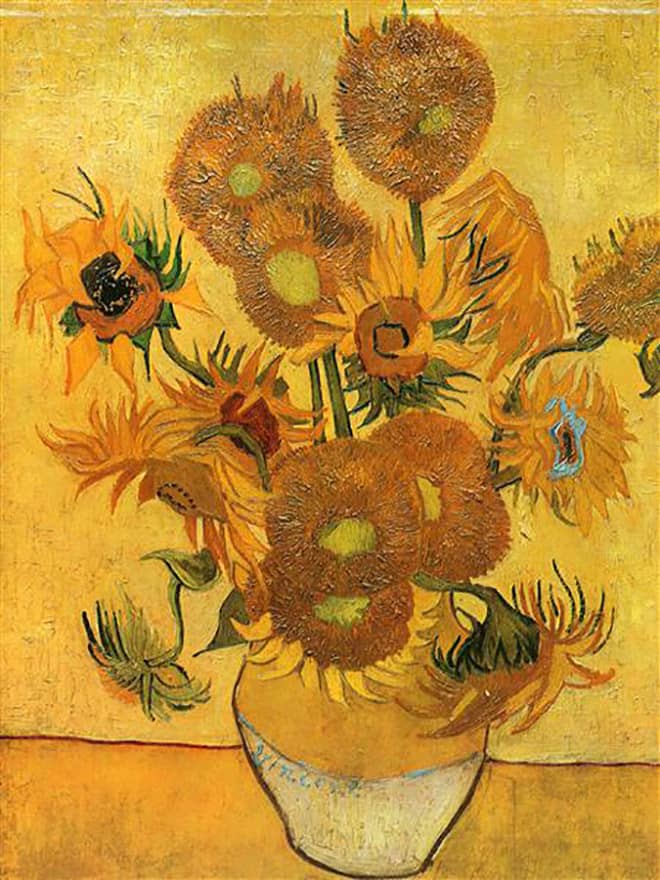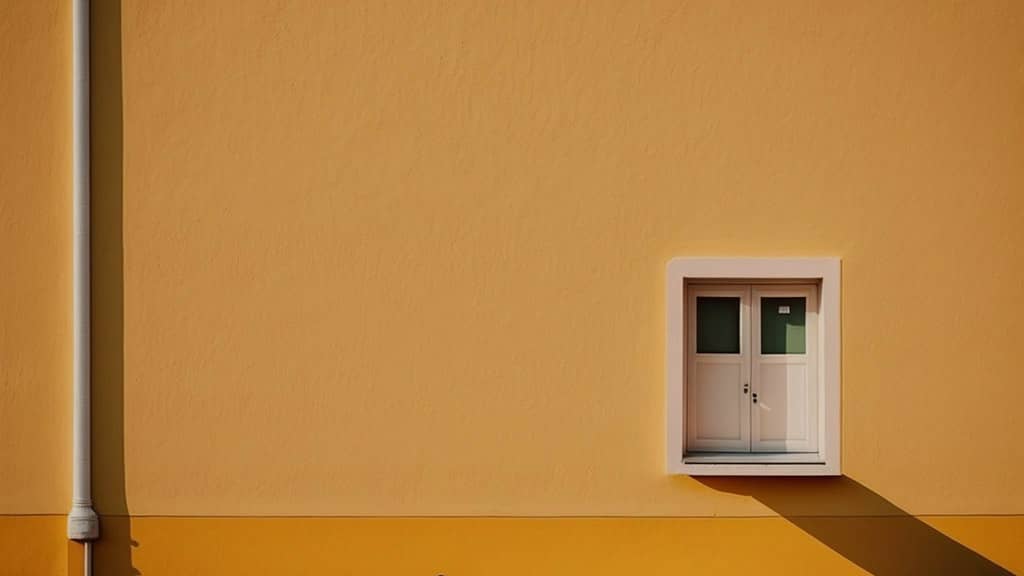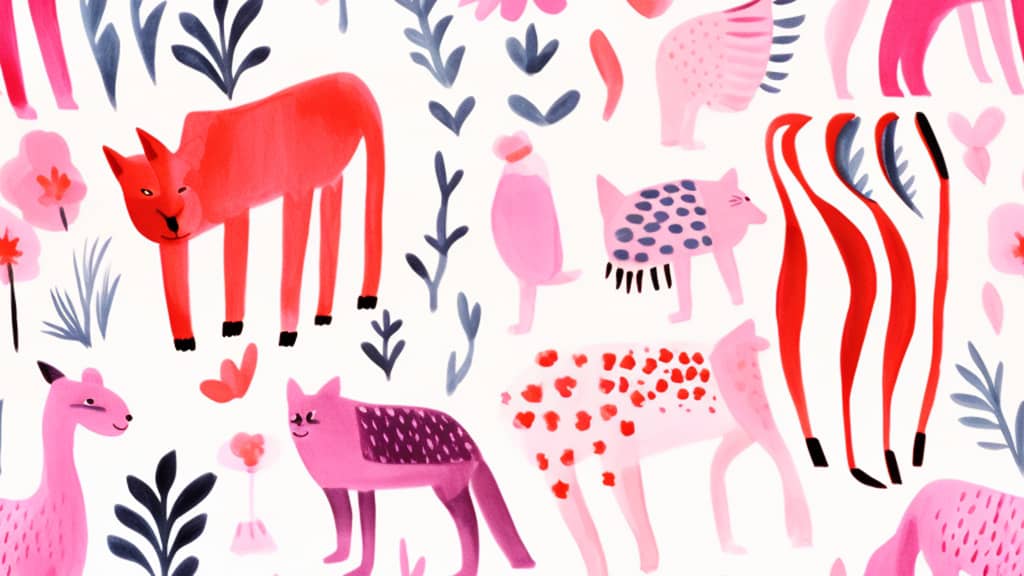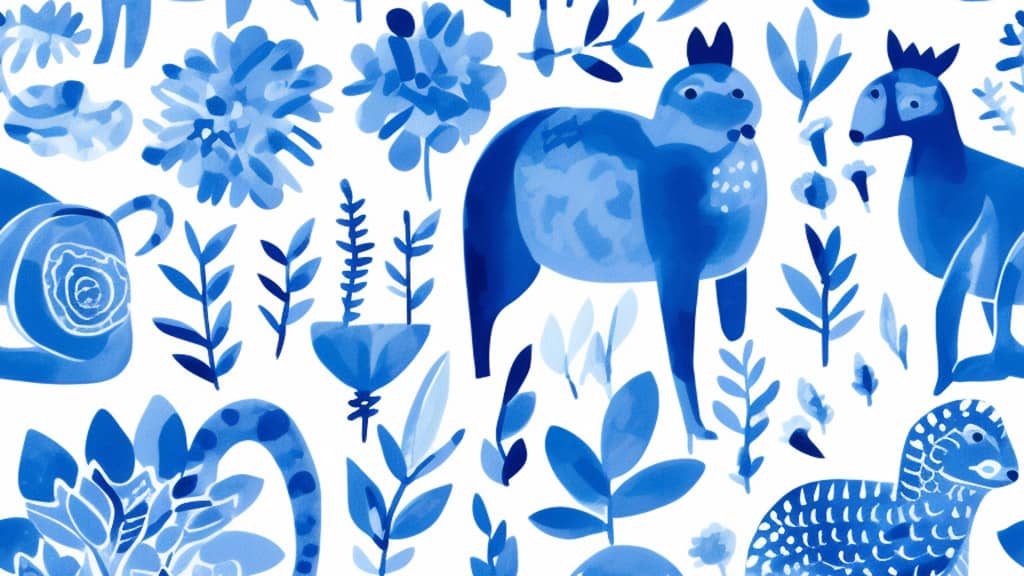Introduction: Embracing the Sunshine of Chrome Yellow
From the brilliant sunflower fields of Provence to the iconic school buses that traverse our cities, the color Chrome Yellow has captivated hearts and minds for centuries. A vivid and bright shade of yellow, this pigment has a fascinating history and continues to inspire artists, designers, and fashionistas alike. In this article, we will delve into the enchanting world of Chrome Yellow, exploring its storied past, examining its artistic significance, and uncovering the Pantone colors that best represent this radiant hue.
The Golden History: Lead Chromate and the Birth of Chrome Yellow
Chrome Yellow’s origins can be traced back to the early 19th century, when the pigment lead chromate was discovered. This compound, composed of lead, chromium, and oxygen, created a stunningly bright and saturated shade of yellow that was unlike any other pigment available at the time. Owing to its intensity and the relative ease of production, Chrome Yellow became an immediate favorite among artists and manufacturers.
However, this golden age was not to last. As the dangers of lead compounds became more widely known, the use of lead chromate in paints and dyes was gradually phased out in favor of safer alternatives. Despite these challenges, Chrome Yellow continued to shine as a symbol of optimism and creativity, a testament to its enduring allure.
Interesting facts
Chrome Yellow has a rich and fascinating history, with several interesting facts that highlight its importance and impact on art, culture, and industry. Here are a few more intriguing tidbits about this vibrant hue:
- Influence on Impressionism: Chrome Yellow played a significant role in the development of Impressionist painting. Its vibrant and intense hue allowed artists like Claude Monet, Pierre-Auguste Renoir, and Edgar Degas to experiment with bold, bright colors that captured the essence of light and atmosphere. The use of Chrome Yellow and other newly available pigments enabled these artists to break away from traditional, subdued color palettes and create a fresh, innovative visual language.
- Connection to Post-Impressionism: Vincent van Gogh, a Post-Impressionist painter, was particularly fond of Chrome Yellow. He used the pigment extensively in his works, often applying it thickly to achieve a rich, textured effect. In his letters to his brother Theo, Van Gogh described his love for the color and its ability to convey a sense of warmth and optimism. The artist’s iconic “Sunflowers” series is a testament to his passion for Chrome Yellow and its transformative power in his art.
- Industrial applications: Beyond its use in the arts, Chrome Yellow was also employed in a variety of industrial applications. Due to its striking appearance and durability, the pigment was used as a coloring agent in ceramics, textiles, and even road markings. It was also a popular choice for painting vehicles, such as steam locomotives and early automobiles, due to its eye-catching hue and resistance to fading.
- The safety concerns and transition: The widespread use of Chrome Yellow began to decline in the 20th century as concerns grew about the toxicity of lead-based pigments. In response, manufacturers developed alternative pigments that offered similar color intensity without the associated health risks. Today, many modern pigments, like Cadmium Yellow and Hansa Yellow, have largely replaced Chrome Yellow in artistic and industrial applications, ensuring that the legacy of this brilliant hue continues in a safer, more environmentally friendly form.

A Symphony of Shades: Pantone Color Codes for Chrome Yellow
Though the use of lead chromate has decreased, the vibrant hue of Chrome Yellow remains alive and well in the world of color. To capture the essence of this brilliant shade, one can look to the Pantone Color Matching System, an internationally recognized standard for color communication. Here are a few Pantone color codes that closely resemble Chrome Yellow:
- Pantone 137 C: A bright, warm shade of yellow with hints of orange, perfect for capturing the essence of a sunny day.
- Pantone 123 C: A slightly paler yellow with golden undertones, reminiscent of the soft glow of a summer afternoon.
- Pantone 7548 C: A bold, striking yellow with a touch of green, evoking the freshness and vitality of a newly sprouted sunflower.

Capturing the Light: Masterpieces Featuring Chrome Yellow
Chrome Yellow has served as the muse for countless artists, its warm glow illuminating the canvas with a sense of optimism and vitality. Among the many paintings that feature this resplendent hue, the following masterpieces stand out for their exceptional use of Chrome Yellow:
- “Sunflowers” (1888) by Vincent van Gogh: Perhaps the most famous painting featuring Chrome Yellow, Van Gogh’s “Sunflowers” showcases the artist’s love for the vibrant pigment. The bright, cheerful blossoms leap off the canvas, imbuing the viewer with a sense of warmth and happiness.
- “The Yellow House” (1888) by Vincent van Gogh: Another iconic work by Van Gogh, “The Yellow House” is a testament to the artist’s fascination with Chrome Yellow. The bold, sun-drenched façade of the titular house serves as the focal point of the painting, radiating warmth and light.
- “The Scream” (1893) by Edvard Munch: Though best known for its haunting central figure, Munch’s “The Scream” also features an expressive backdrop of swirling, Chrome Yellow skies. The intensity of the pigment underscores the emotional turmoil portrayed in the painting, demonstrating the versatility of this evocative hue.
Despite the decline in the use of lead chromate, the influence of Chrome Yellow persists in the world of art, design, and fashion. This versatile shade has transcended its toxic origins, finding new life in an array of non-toxic pigments and dyes. From the cheerful walls of a modern café to the striking runway looks of haute couture, Chrome Yellow continues to captivate with its warmth and energy.
Conclusion: The Enduring Allure of Chrome Yellow
As we have seen, the history of Chrome Yellow is as rich and varied as the hue itself. From its origins in lead chromate to its enduring presence in the Pantone color system, this radiant shade has left an indelible mark on the world of art and design. As we look to the future, Chrome Yellow remains a symbol of optimism, creativity, and the power of color to transform our lives. Whether gracing the walls of a gallery or bringing a touch of sunshine to our everyday lives, Chrome Yellow continues to inspire and enchant, ensuring its legacy as a timeless and beloved hue.
Delving into a Rich Brown Color Palette: Inspiration from Edgar Degas
Egyptian blue: Pantone colors and paintings



